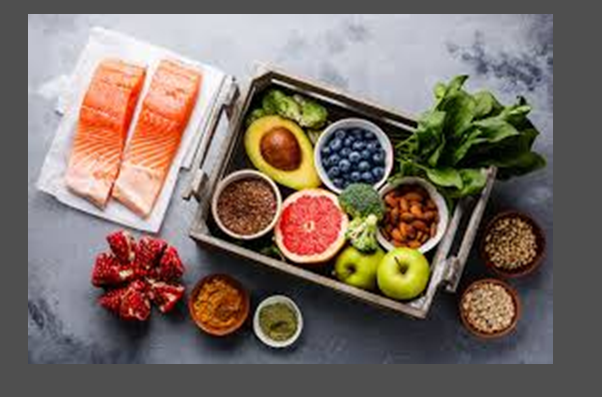Understanding Hypertension and Its Importance
Hypertension occurs when the force exerted by blood against artery walls remains elevated over time. It’s usually diagnosed when readings reach or exceed 130/80 mmHg. If left unmanaged, it can gradually harm essential organs including the heart, kidneys, and brain.
Common contributing factors include:
– Excessive salt consumption
– Overweight or obesity
– Lack of physical activity
– Use of tobacco and alcohol
– Hereditary influences and aging
– Chronic diseases like diabetes
What is the DASH Diet?
Created by the National Institutes of Health in the U.S., the DASH diet is designed to control blood pressure through healthy, everyday food choices. Unlike extreme or short-term diets, DASH emphasizes balance, variety, and long-term sustainability.
Key Components of the DASH Diet
This eating plan centers on whole, nutrient-dense foods that support blood pressure regulation:
– Ample servings of fruits and vegetables (4–5 daily)
– Whole grains such as oats, brown rice, and whole wheat bread
– Low-fat or non-fat dairy options
– Fish, poultry, beans, and lentils are examples of lean proteins.
– Nuts and seeds are good sources of healthful fats when taken in moderation.
– Reduced sodium intake (preferably 1,500–2,300 mg per day)
– Limited intake of processed foods, added sugars, and red meats
How DASH Affects Blood Pressure
The DASH diet lowers blood pressure through multiple pathways:
1. Reduced Salt Consumption: Less sodium means less fluid retention and lower blood volume, easing stress on arteries.
2. Increased Minerals: Foods rich in potassium, magnesium, and calcium help relax blood vessels and neutralize sodium’s impact.
3. Weight Management: High-fiber, nutrient-rich foods help with weight loss or maintenance, supporting healthy blood pressure.
4. Heart Health: DASH also improves cholesterol levels and lowers inflammation, enhancing overall heart function.
Simple Ways to Begin the DASH Diet
Adopting this eating style can be straightforward. Here are easy ways to start:
– Include an extra vegetable with your meals
– Replace white bread with whole grain alternatives
– Snack on fresh fruit or unsalted nuts
– Use herbs in your cooking rather than salt.
– Check nutrition labels for sodium levels
Example of a DASH-Friendly Daily Menu
Here’s a sample day following the DASH guidelines:
Breakfast: Oatmeal with banana and skim milk
Snack: a serving of almonds with an apple
Lunch: Grilled chicken salad with olive oil vinaigrette and a whole grain roll
Snack: Hummus and carrot sticks together
Dinner: Baked salmon, quinoa, and steamed broccoli
Dessert: Greek yogurt topped with fresh berries
Final Note: A Healthier Heart Starts with You
The DASH diet is not just a temporary fix—it’s a sustainable lifestyle that supports long-term heart health and helps manage high blood pressure naturally. Whether you’ve been recently diagnosed or simply want to improve your health, adopting DASH principles is a practical, proven choice.
Get Started Today
Making the shift doesn’t have to be drastic. Begin with small steps: add more produce to your meals and reduce your salt intake. These gradual changes can make a lasting impact. Stay tuned for an upcoming post featuring a full-week DASH meal plan to guide your journey!
